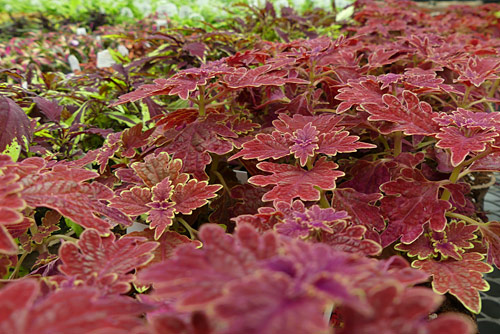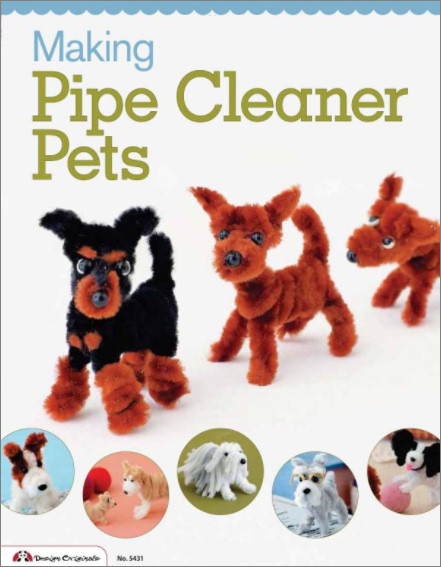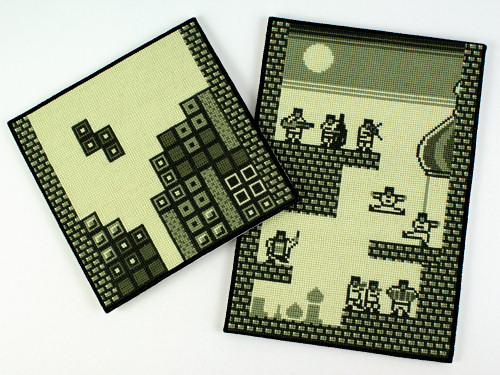
Every December from 2006 to 2015 (with only one year off) I designed and made a PlanetJune Poinsettia. As a multi-crafter, it was a fun challenge to keep making the same thing using different tools and materials and slightly different styles, but I’ve let the project drop for the past few years. But, after designing […]






















